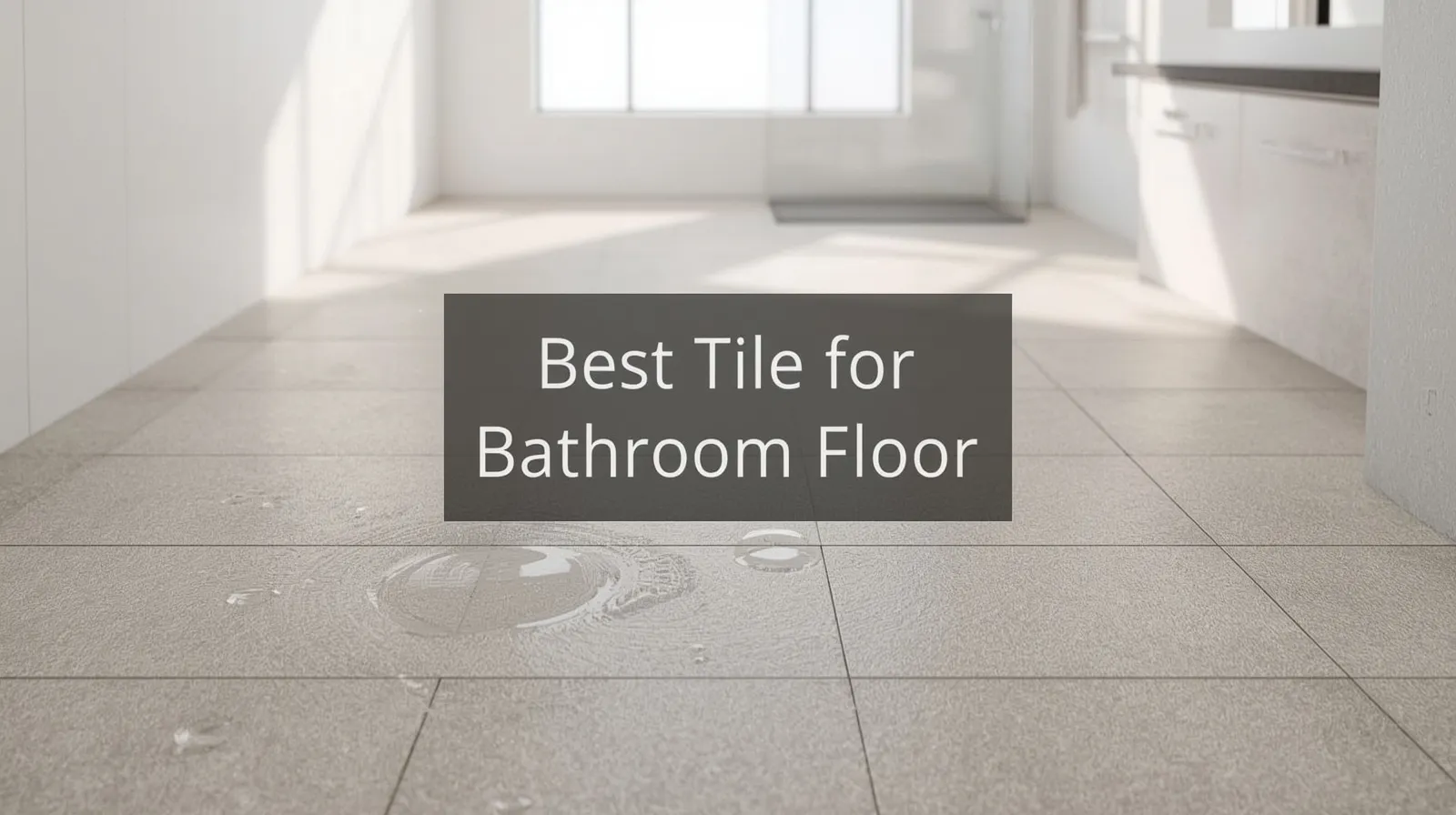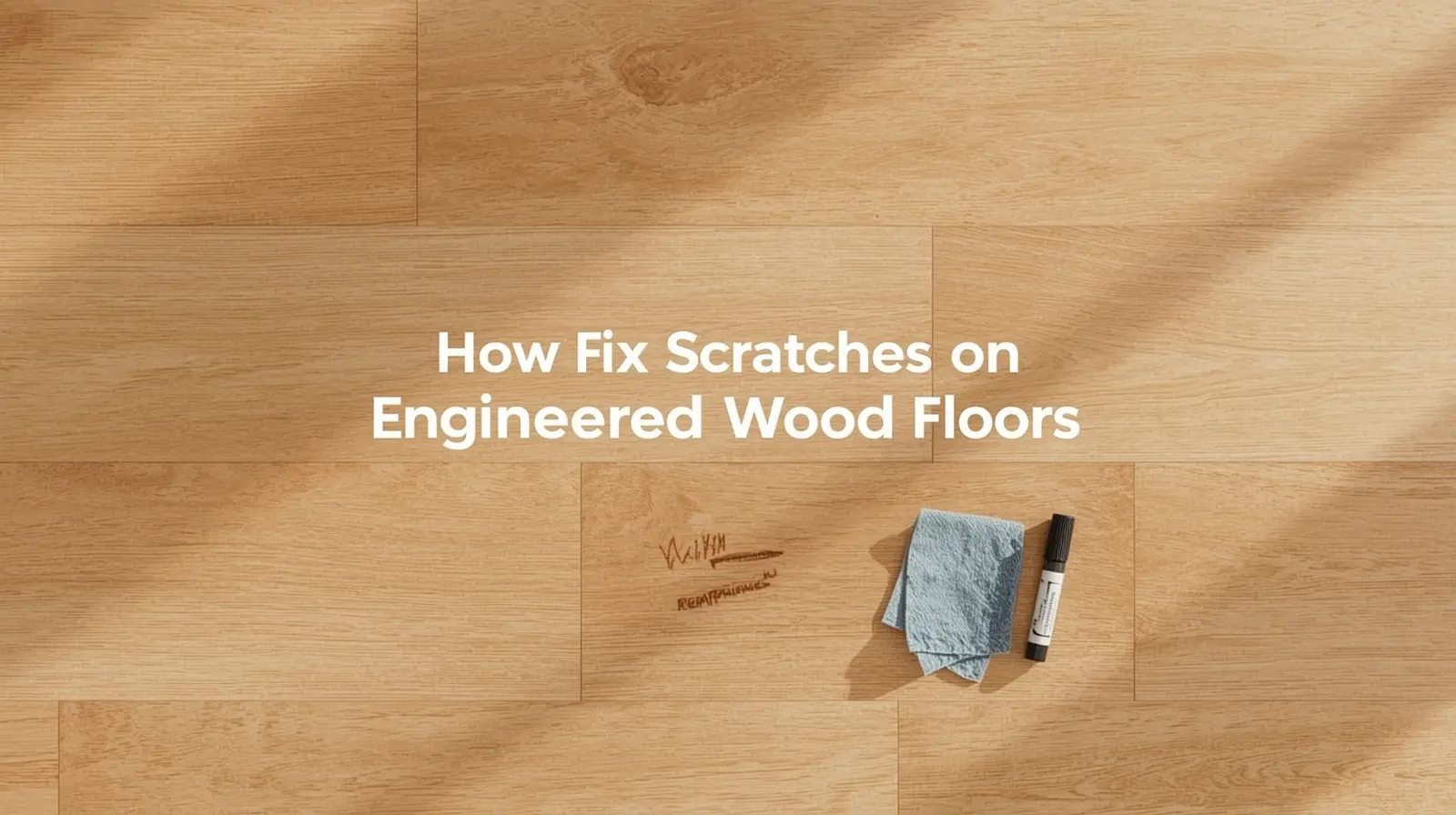When a big home project is finished, many homeowners pause and ask themselves, “do you tip window installers?” It’s a common question because tipping has become part of our daily lives. We tip waiters, hairdressers, food delivery drivers, and movers. But window installers fall into a different category. Some homeowners feel unsure whether a tip is expected, how much is enough, or if another way of showing thanks might be better.
The answer isn’t always clear, and that’s why it helps to explore this topic carefully. In this guide, we’ll walk through the role of installers, compare them to other service workers, share what homeowners usually do, and give you smart ways to show appreciation. By the end, you’ll feel confident in your choice.
Understanding the Role of Window Installers in Your Home
Window installers do more than just put glass into frames. They measure carefully, remove old units without damage, and seal openings to keep out drafts and water. They work with heavy materials, dangerous tools, and detailed instructions. Their work affects the safety, comfort, and energy use of your home. Poor installation can raise energy bills, let in moisture, and weaken security. A skilled installer prevents all of that. When you see how much skill and care is involved, it makes sense to wonder how best to show appreciation.
Should I Tip Window Installers After a Job Well Done?

The answer depends on the situation. Some companies pay their installers very well, and in those cases, tips are not expected. In other situations, homeowners may feel that a small tip is appropriate. Consider how the crew handled the project. Did they arrive on time, work carefully, and keep your space clean? Did they answer questions and go the extra mile? If so, offering a tip is a thoughtful way to recognize their effort. If the job was average or below expectations, you are not obligated to tip at all.
Should You Tip Window Installers Like Other Service Professionals?
Homeowners often compare installers to servers, movers, or delivery drivers. Those jobs rely on tips as a major part of income. Window installers, however, usually receive steady wages from their employer. Still, the comparison to movers is useful. Just like movers handle heavy lifting and protect your belongings, window installers lift, secure, and align large, fragile windows. Both jobs require physical effort and attention to detail. Because of this, some homeowners feel that tipping is a fair gesture. The difference is that with window installers, tipping is optional rather than expected.
Tipping Window Installers What Homeowners Commonly Do
When people do decide to tip, the amount depends on the size of the project. For a single window, $10–$20 per worker is typical. For multiple windows, $20–$40 is common. For a full-house installation, some homeowners give a lump sum of $50–$100 for the crew to share. Others choose to buy lunch or provide cold drinks during the day instead of cash. A kind thank-you or review online can also be as valuable as money. There is no strict rule, and what matters most is that your choice fits your comfort and budget.
Tip Window Installers or Offer Alternatives of Appreciation

Some homeowners are not comfortable giving cash tips. That does not mean you cannot show gratitude. Offering refreshments, providing snacks, or ordering food for the crew are easy ways to say thanks. Writing a positive review online and mentioning workers by name helps their reputation. Recommending the company to friends or neighbors is another valuable way to give back. Even a handwritten note of thanks can mean a lot. Installers remember these gestures because they show respect for their work, even without money involved.
Do You Tip Glass or Windshield Installers the Same Way?
Many people also wonder about glass and windshield installers. These technicians perform skilled, detailed work just like window installers. They remove damaged glass, handle replacements safely, and ensure a strong seal. Their companies often pay them fairly, so tipping is not expected. Still, some customers choose to tip $10–$20 if the technician explains the process clearly, works quickly, or cleans up carefully. Others prefer to leave a good review instead. In both home and auto glass services, tipping is optional and always seen as a bonus, not a requirement.
Do You Tip Door or Other Home Installers as Well?
Similar questions come up with door, insulation, or other home installers. The same logic applies: tipping is optional. Most of these workers earn steady wages and don’t expect tips. However, if you see that the crew worked extra hard, handled unexpected challenges, or kept your home spotless during the process, you may feel that a tip is deserved. Some homeowners provide a meal or write a glowing review instead. What matters is acknowledging the effort and professionalism of the crew in a way that feels right for you.
Should You Tip Service Technicians and Repair Workers?
Appliance repairmen, electricians, and other service professionals rarely receive tips. They charge by the hour or by the job, and tipping is not part of their pay structure. Still, some homeowners feel grateful when technicians go above and beyond. If a repairman fits you into a busy schedule, solves a complex issue quickly, or explains the problem clearly, you may want to give a small tip of $10–$20. While not expected, this kind of gesture is always appreciated. The same goes for offering water, snacks, or simply a kind thank-you.
Do You Tip Window Installers in Coachella, CA?
In Coachella, CA, many homeowners ask if local tipping practices differ. The answer is no tipping is not standard, but it is always welcome when the service is excellent. Customers of CV Floor & Blinds often choose to thank installers with refreshments, kind words, or positive online reviews. Some give a small cash tip, especially after large projects. Others prefer to refer the company to friends and family, which can be even more valuable than money. With CV Floor & Blinds, service is designed to be professional and trustworthy, whether or not a tip is offered.
Final Thoughts: Showing Appreciation to Window Installers Respectfully
So, should you tip window installers? The answer is entirely up to you. A tip is never required, but it is always a nice way to show gratitude. Homeowners often tip when they feel the installers worked hard, treated their property with respect, and went beyond what was expected. Alternatives like food, drinks, reviews, and referrals can mean just as much as cash. At the end of the day, respect and appreciation matter more than the exact form of the gesture.
If you’re ready for a window project and want skilled professionals who treat your home with care, reach out to CV Floor & Blinds today. Our team delivers expert service, reliable results, and peace of mind every step of the way.




